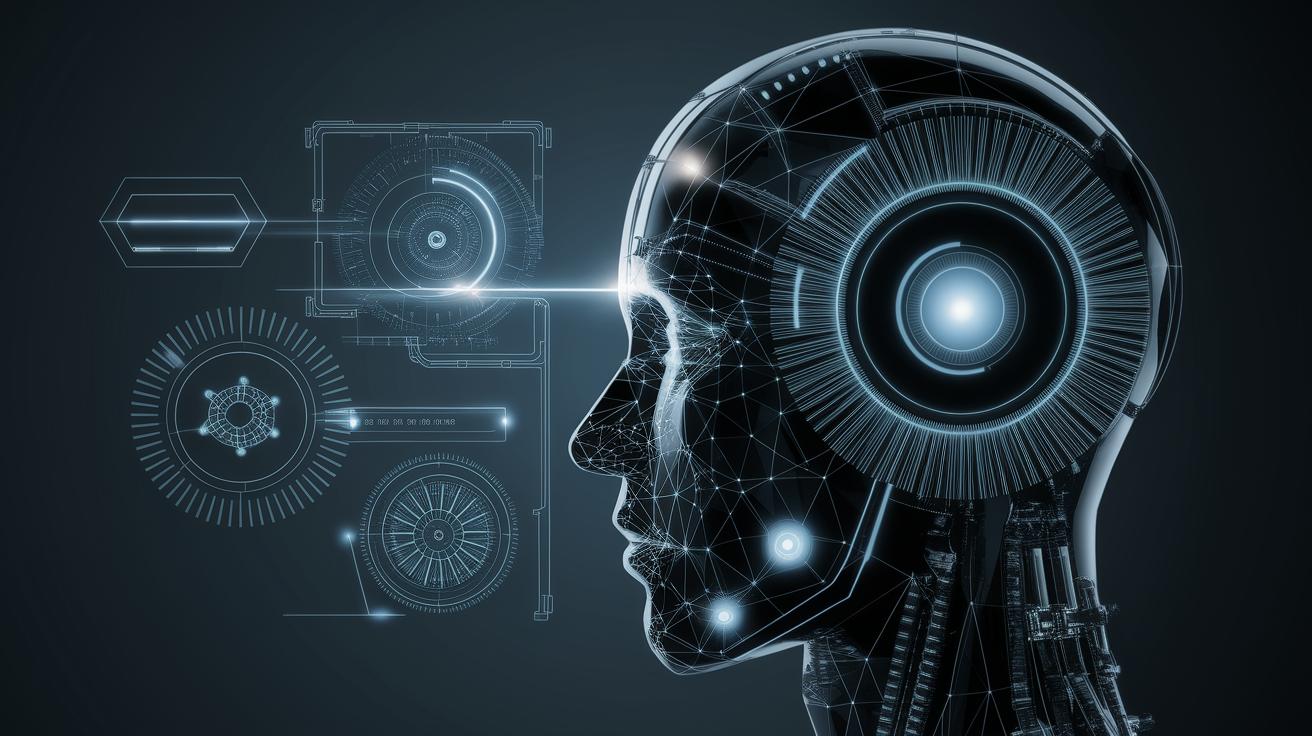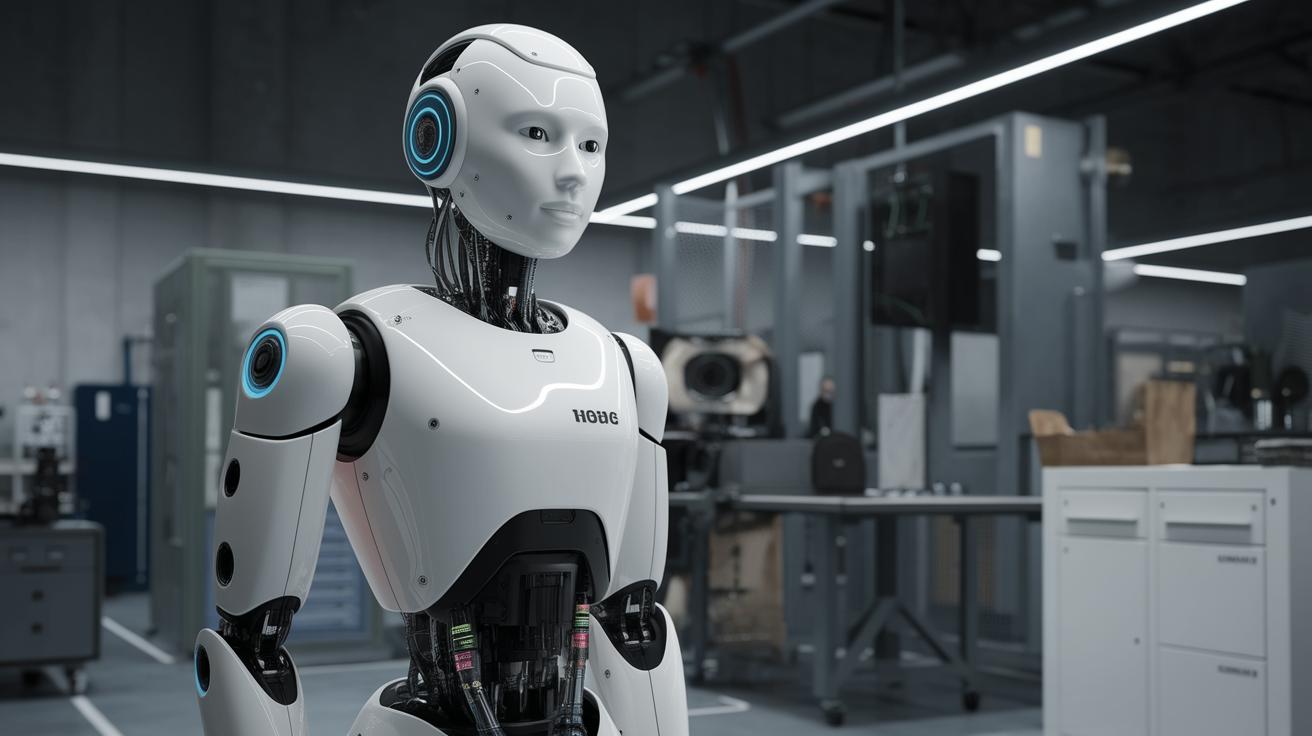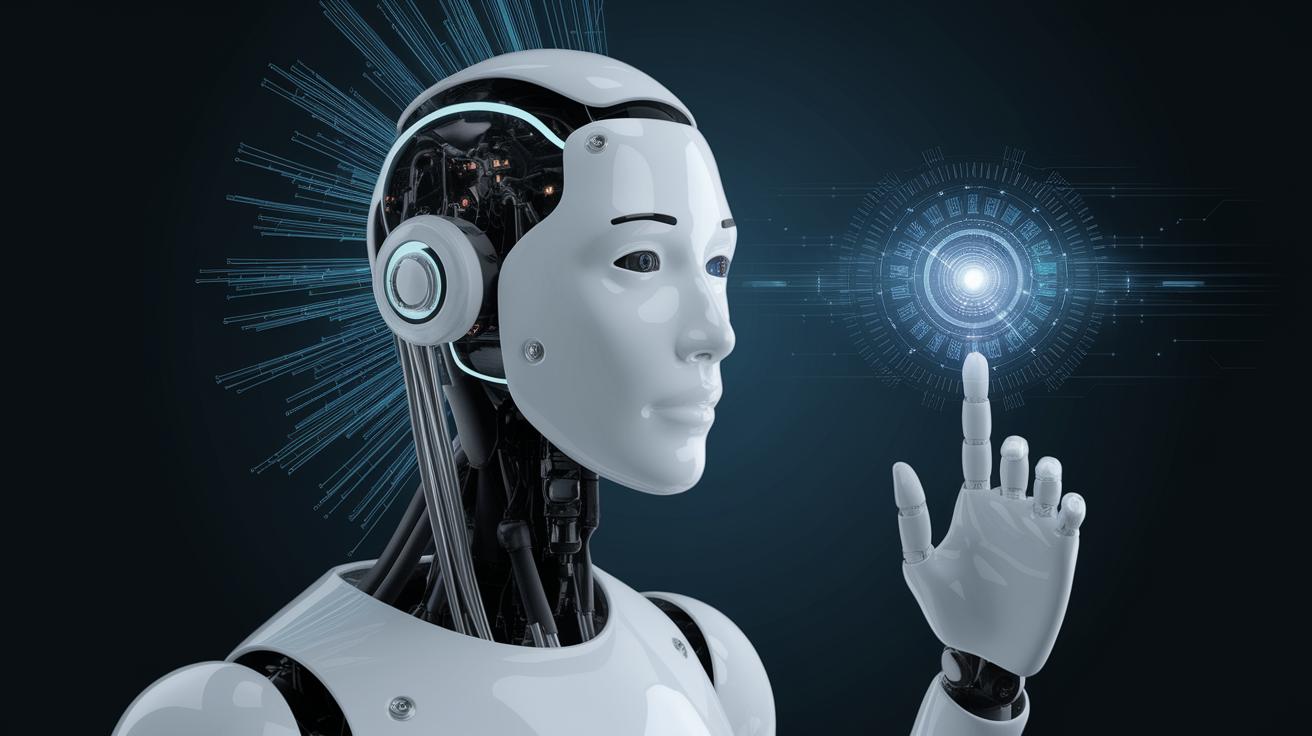How AI is Integrated into Everyday Technology
Artificial Intelligence (AI) is increasingly becoming a cornerstone of modern technology. Its integration into various aspects of everyday life has significantly transformed how we interact with the world. From controlling the ambiance of our homes to enhancing the security of our personal spaces, AI is a formidable force driving innovation. This blog post delves into five key areas where AI has made a prominent impact: home automation and environment control, security and photography, social interaction and navigation, entertainment and personal assistance, and writing and communication. Through exploring these domains, we illuminate the pervasive role of AI and its potential to redefine our future interactions with technology.
Home Automation and Environment Control
AI-powered home automation systems have revolutionized the way we manage our living spaces. Devices like smart thermostats learn from user behavior and adjust indoor temperatures automatically, ensuring both comfort and energy efficiency. These systems often use machine learning algorithms to predict and optimize energy consumption based on historical data and real-time inputs, resulting in reduced energy bills and a smaller carbon footprint.
Moreover, AI extends its capabilities to smart lighting and appliances, offering convenience and customization at the touch of a button or through voice commands. Intelligent lighting systems can be programmed to change hues and brightness levels throughout the day to mimic natural light patterns, improving mood and productivity. Additionally, AI-integrated appliances, such as refrigerators and washing machines, offer predictive maintenance and operational efficiency by analyzing usage patterns and diagnosing potential issues before they escalate.
Security and Photography
In the realm of security, AI has empowered a new generation of monitoring solutions that provide unparalleled safety for homes and businesses. Advanced AI algorithms power surveillance cameras that can recognize faces, detect unusual activities, and trigger alerts in real-time, enhancing the ability to prevent and respond to potential threats swiftly. AI enhances the accuracy of these systems, reducing the false-positive rates in alerts, thus providing peace of mind to users.
Photography has also been transformed by AI, as cameras and smartphones are now equipped with intelligent image processing capabilities. AI aids in optimizing image settings, recognizing scenes, and applying complex editing techniques that used to require professional expertise. Features like portrait mode, night mode, and automatic scene detection capitalize on AI’s ability to analyze and enhance photos instantly, making high-quality photography accessible to everyone.
Social Interaction and Navigation
AI plays a crucial role in personalizing social media feeds and enhancing user engagement. By analyzing user behavior and preferences, social media platforms deliver content that is most likely to resonate with individual users, keeping digital interactions dynamic and relevant. AI algorithms also help in identifying abusive content, improving user safety and experience on these platforms.
Navigation systems have seen remarkable improvements with AI integration. GPS and mapping services utilize AI to provide real-time updates on traffic conditions, suggest optimal routes, and offer estimated travel times, helping users save time and fuel. Additionally, AI contributes to the development of autonomous vehicles, promising a future where traffic efficiencies and safety are dramatically enhanced by intelligent systems.
Entertainment and Personal Assistance
The entertainment industry has been revolutionized by AI through personalized content recommendations. Streaming services like Netflix and Spotify use AI-driven algorithms to suggest shows, movies, and music based on individual user preferences and viewing history. This level of personalization ensures that users have a tailored experience, increasing their engagement with these platforms.
AI-powered personal assistants like Amazon’s Alexa and Google Assistant have become indispensable in daily life, handling a myriad of tasks from setting reminders to controlling smart home devices. These assistants leverage natural language processing to understand and execute user commands, continuously improving through interaction and usage. Their capability to learn and adapt makes them increasingly effective in anticipating user needs and simplifying daily routines.
Writing and Communication
In the sphere of writing and communication, AI has introduced tools that augment human creativity and productivity. Applications like Grammarly and Hemingway leverage AI to offer real-time grammar checks and style suggestions, enhancing the clarity and quality of writing. These tools assist writers in producing polished content with greater efficiency, whether for professional purposes or personal expression.
Furthermore, AI-driven chatbots are transforming customer service by providing quick and precise responses in various industries. Powered by natural language processing, these chatbots can interpret and respond to user queries effectively, offering 24/7 support and reducing the need for human intervention. As AI chat agents evolve, they are set to play an increasingly important role in mediating interactions between businesses and their customers.
Future Prospects
As AI continues to weave into the fabric of everyday technology, it holds promise for even more transformative applications. The table below summarizes the key areas where AI integration is currently making significant impacts, outlining its potential to pave the way for a more efficient, personalized, and secure future.
| Area of Integration | AI Applications | Impact |
|---|---|---|
| Home Automation and Environment Control | Smart thermostats, lighting, and appliances | Energy efficiency and convenience |
| Security and Photography | Face recognition, enhanced imaging | Improved safety and accessibility of quality photography |
| Social Interaction and Navigation | Personalized feeds, intelligent navigation | Enhanced user engagement and optimized travel |
| Entertainment and Personal Assistance | Content recommendation, virtual assistants | Personalized experiences and improved daily routines |
| Writing and Communication | Writing aids, chatbots | Quality content creation and efficient customer service |


